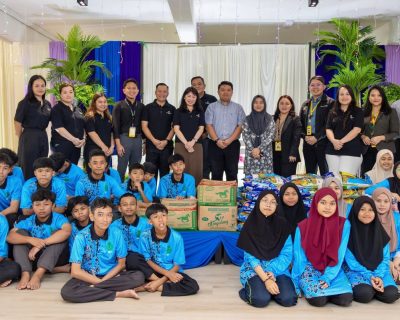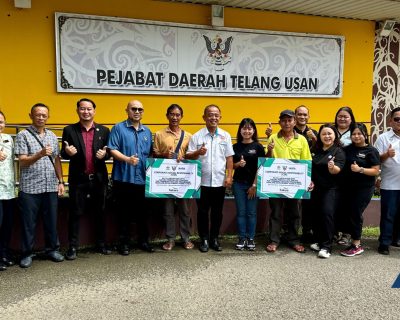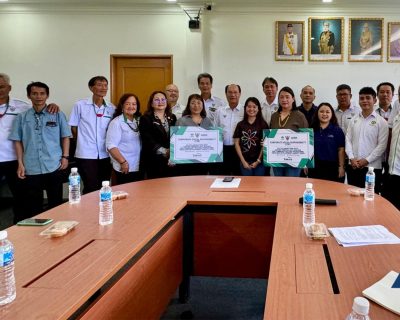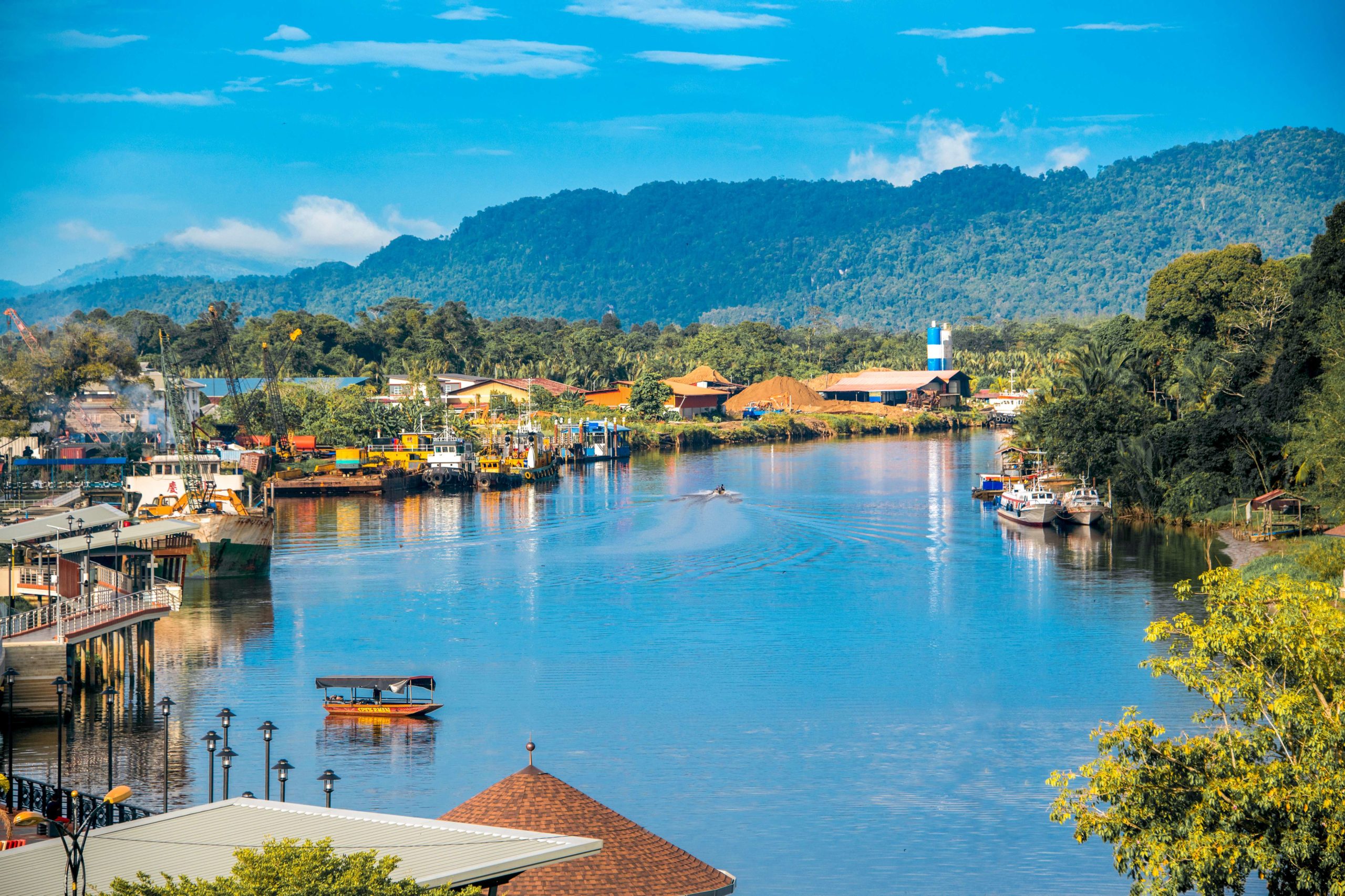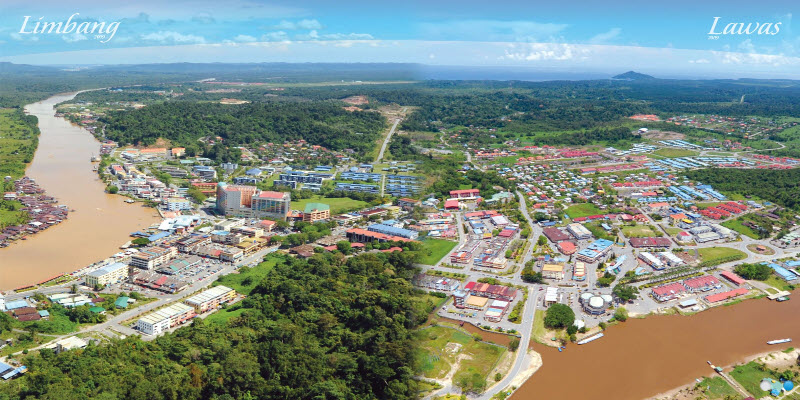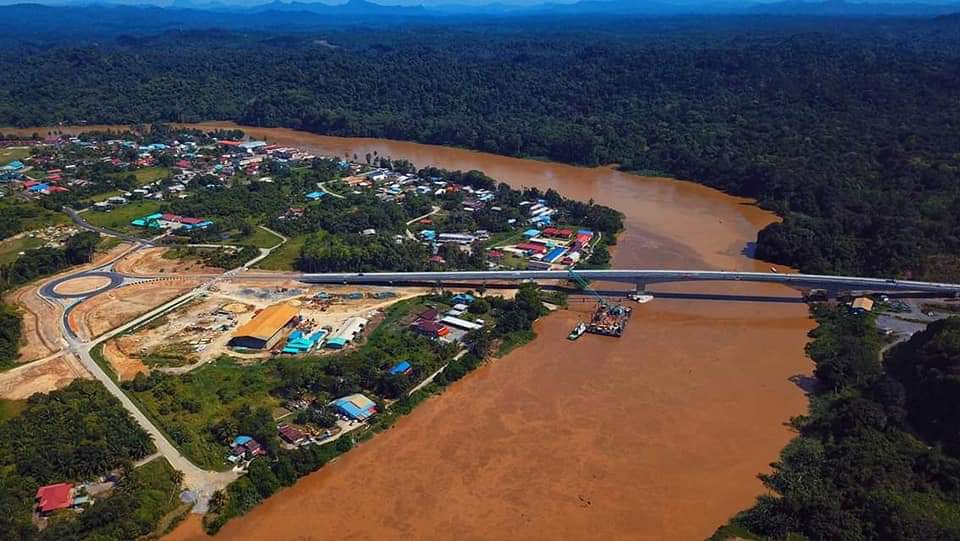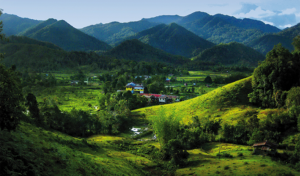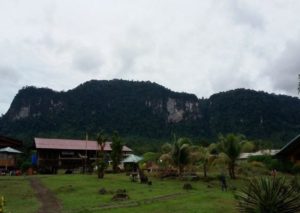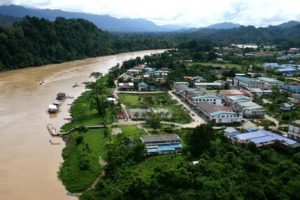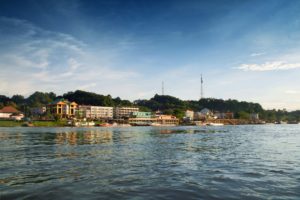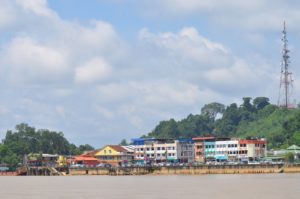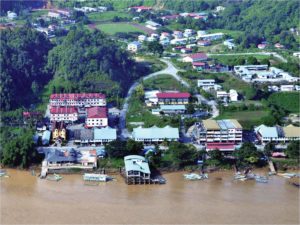MPAS targets integrated complex to begin full production by July
KUCHING: The Malaysian Phosphate Additives (Sarawak) Sdn Bhd (MPAS) is targeting for its integrated phosphate complex (Phase 1) in Samalaju Industrial Park (SIP) Bintulu to begin full production by this July.
According to Cahya Mata Sarawak Bhd (CMS) group managing director Datuk Isaac Lugun, the project which was delayed due to the imposition of the movement control order (MCO) to curb the Covid-19 pandemic is now scheduled for completion and commissioning in the first half of this year.
Phase 1 was initially supposed to be ready by end-2020.
MPAS, which is a 60% owned subsidiary of CMS, is the Sarawak conglomerate’s second strategic investment in SIP.
The first was OM Materials (Sarawak) Sdn Bhd (OM Sarawak), which owns a ferroalloy smelting plant.
CMS has a 25% stake in the joint-venture OM Sarawak, of which Australia-listed OM Holdings Ltd (OMH) owns 75% equity interest.
Lugun said in CMS’ 2020 Annual Report that the MPAS Phase 1 project involved domestic investment of RM898mil. It is also Southeast Asia’s first integrated phosphate complex.
Phase 1 comprises three plants which will produce yellow phosphorus, technical grade phosphoric acid and food grade phosphoric acid. It will have an annual production of 48,000 tonnes, 75,000 tonnes and 60,000 tonnes respectively.
“To date, the facility has secured 60% of long-term commitments for both raw material supply and product offtakes, ” said Lugun.
As the first non-alloy based facility within the SIP that caters for energy-intensive industries, he pointed out that MPAS will propel the Sarawak Corridor of Renewable Energy (Score) and CMS into a dynamic new industrial sector that offers long-term sustainable growth.
“It offers opportunities for investment in downstream manufacturing such as the industrial chemicals, animal feed, fertiliser, cleaning and detergent sectors.
“For the long term, the business within these sectors are expected to be drawn to the SIP so that they can be located nearby to their feedstock supplier, ” he added.
On OM Sarawak, Lugun (pic below) said AU$20mil (RM63.27mil) has been invested to install a sinter plant which will further lower manganese alloy production costs.
During the initial hot commissioning and performance testing period of the sinter plant, trial production of 22,826 tonnes of manganese sinter ore was produced and 7,132 tonnes sold in January-March 2021 quarter, said OMH.
OMH said the remaining manganese sinter ore produced was utilised as feed material for the plant’s production of manganese alloys.
“Planning of Phase 2 of the (smelting) facility is in progress which will add to further economies of scale. This entails the modification of two existing ferrosilicon furnaces to produce silicon manganese and another two to produce metallic silicon to better capitalise on the present market situation as well as the construction of up to four more manganese alloy furnaces by 2022, ” said Lugun.
OM Sarawak’s smelting plant has a design capacity to produce some 200,000 to 210,000 tonnes of ferrosilicon (FeSi) and 250,000 to 300,000 tonnes of manganese alloys per annum.
As at March 31 2021,12 out of the 16 furnaces were in operation with six furnaces producing FeSi and six others producing manganese alloys.
Of the remaining four FeSi furnaces, two of them have been idled for the purpose of conversion to produce manganese alloys and the other two currently idled and ready to be re-started once manpower constraints have been alleviated, according to OMH in its March 2021 quarterly production and market update.
“The planned conversion of the two idled FeSi furnaces is progressing as planned, with furnace excavation and civil work in progress.”
OMH said manpower shortages continued to impact the smelting plant’s ability to operate at full capacity as the Malaysian border remains closed with strict travel restrictions imposed to curb the spread of Covid-19 pandemic.
“Production plan for the second half of 2021 may be readjusted in accordance with latest conditions as the Covid-19 situation evolves, depending on manpower availability and scheduled leave rotation requirements, ” it added.
In the March 2021 quarter, OM Sarawak raised its FeSi production volume by 13.4% to 38,415 tonnes from 33,866 tones in December 2020 quarter. However, the production volume of manganese alloys fell by 7.6% to 57,136 tonnes from 61,806 tonnes during the same period, said OMH.
“The sales volumes for both FeSi and manganese alloys decreased by 45.5% and 37.5% respectively as the pace of destocking inventory stablished during the quarter ended 31 March 2021. – Source: The Star
“Sales volumes were significantly higher in the previous quarter following a surge in demand from end users as steel mills collectively restocked ferrolloys in December 2020, ” added OMH. – Source: The Star


